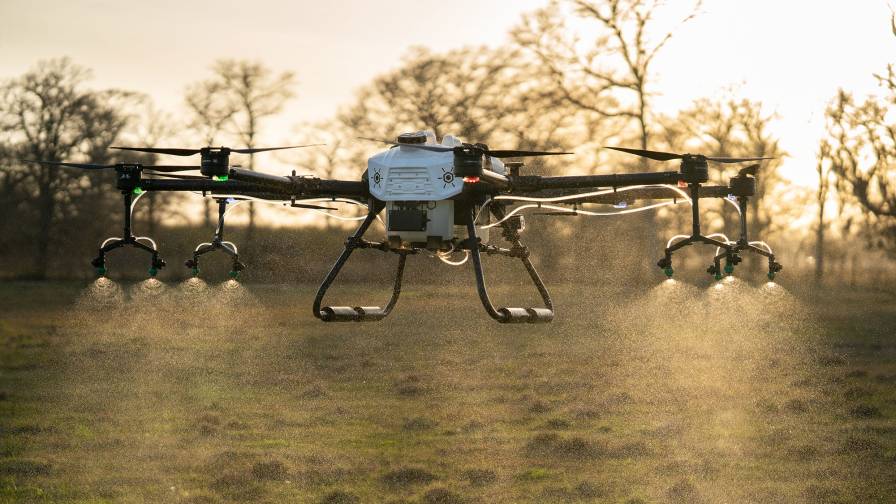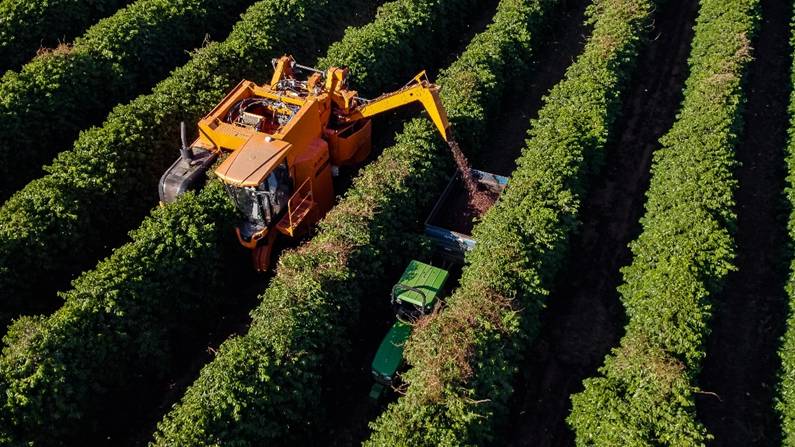Agriculture and Web3: Driving Value and Improving Security
Agricultural goods have been valuable assets for most of human history for obvious reasons – our source of sustenance, a huge component of commerce, and a mark of civilization. As a result, it has also been a desirable target for bad actors – from the ancient Romans to Napoleon, interfering with food production has been a common tactic in conflicts large and small.
In the modern day, many components of the agriculture industry are going high-tech, which has a lot of potential to increase product value, streamline supply chain operations, and improve food systems overall. However, as agriculture continues to innovate, it’s important to choose solutions that also provide protection against modern threats. Sophisticated hackers are actively looking for critical vulnerabilities to disrupt operations on already vulnerable food supply chains. Web3, the next iteration of the internet based on blockchain technology, holds the key to solving for both these problems.
The value of agricultural products and supply chain issues
There has been a lot more emphasis placed on being able to prove the provenance of agricultural assets across the entire supply chain to establish transparency for the customer. Over half of consumers believe that their food choices have sustainability implications, and many act accordingly when it comes time to decide how to spend their money.
Being able to track food from field to plate is important to demonstrate that sustainable produce is worth the higher price tag, as well as for food safety purposes. However current systems are severely lacking in enabling that traceability and transparency. Data gathering by farmers, suppliers, and other supply chain actors is largely manual, siloed, and unverifiable. In effect, it is difficult to prove to the consumer how a product was handled as it moved from party to party. This also leads to suboptimal efficiency for the supply chain itself.
For example, current practices create costly, unnecessary inventory management inefficiencies. Businesses are forced to overcompensate, shipping and storing extra inventory to make up for these uncertainties. It’s estimated that this amounts to 15 to 40 percent of total inventory spending. Supply chain issues also benefit intermediaries, driving costs up overall. Because businesses aren’t effectively sharing information, other parties are often called in to handle unnecessarily complex disputes or negotiations. This is an expensive process that cuts into profit margins and is now an easy fix with the right solution.
Web3 is going to make agriculture more efficient and less vulnerable
Web3 enables players from farm to fork to input information so that it cannot be deleted or altered, making that information more trustworthy, transparent, and fair. This aspect, combined with permissioned roles and identity verification, empowers secure access to data across an agricultural asset’s entire lifecycle, as well as more effective data sharing between different parties.
This technology cuts out expensive middlemen and overspending on inventory while providing the provenance details required to demonstrate the value the consumer is looking for. By eliminating the need for a central authority, Web3 decentralizes the process and helps restore the trust between producers and consumers, which can reduce transaction costs by making them peer-to-peer. What’s more, anyone involved in that process — like a farmer, for example — retains ownership of their data as it is leveraged by other users along the supply chain, enabling them to profit off more than just the crop they produce.
Enterprise blockchains provide the security necessary against malicious actors for agriculture supply chains, while also ensuring that any changes or access to data are both done by authenticated parties only and permanently recorded. This provides fortification against hackers to access and engage with information and makes it easier to catch quickly and remedy in the event of a breach. Adding in smart contracts – self-executing processes that are great for automatic payments, processes, and contracts – makes it even easier to report potential security problems since those flags can be built in.
At the end of the day, the traditional approach to agriculture supply chain management is being stretched to its limits in terms of cost and threat vulnerability, illustrating how ineffective and susceptible to threats many of the existing processes are. Whether you’re a farmer, supplier, distributor, regulator or simply a consumer, bringing agricultural assets onto the blockchain solves operational and security problems that will only get worse without proactive and decisive steps to make the industry more efficient and less vulnerable to bad actors.










